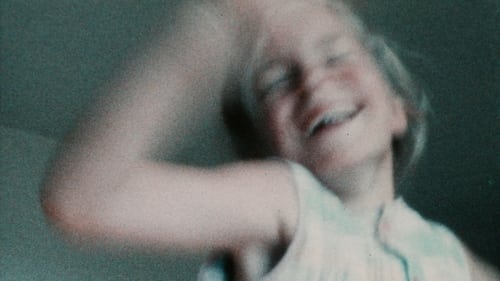
Editor
B., a film-maker and insomniac, decides to rescue his hours of insomnia from the void by filming his quest for sleep. The insomniac asks questions about these different states of consciousness and about the difficulties humans have in synchronising their social rhythms and biological ones.

Una película hecha de objetos, rostros y textos; de gatos perdidos, de cuadros encontrados, recortados, recreados; una subversión poética de la forma diario que rompe el calendario hacia la novela, con la permanente pulsión del viaje al fin del mundo. Una gozosa celebración de la vida y del deseo inagotable de hacer cine, por uno de los autores de referencia del cine-ensayo europeo.

Editor
Una película hecha de objetos, rostros y textos; de gatos perdidos, de cuadros encontrados, recortados, recreados; una subversión poética de la forma diario que rompe el calendario hacia la novela, con la permanente pulsión del viaje al fin del mundo. Una gozosa celebración de la vida y del deseo inagotable de hacer cine, por uno de los autores de referencia del cine-ensayo europeo.

Editor
The doors of the abandoned Raverdy coffee and chicory factory remain closed, just like everything around it. The director – herself a descendant of the Raverdy family (and expecting her first child) – goes in search of the stories behind this sealed-off part of the city. She moves in with her 91-year-old grandmother, who lives over the road. Piece by piece, she is able to reconstruct events leading up to the factory’s closure, using old photos, advertising brochures, myths, language games, conversations with her grandmother and former female factory workers. These memories unfold through different storylines. The factory’s surroundings are explored through a poetic film style, and the history of the nunnery next to the factory is also revealed. This sensitive film is a reflection on the invisible and the forgotten, revolving around women and the changing body.

Mix Technician
Belgian filmmaker Eric Pauwels' meditation on dream, travel and film.

Editor
A first-person documentary about the Canary Islands. Belgian filmmaker Isabelle Dierckx encounters local people and customs while investigating a copy of Luis Buñuel's film L’Âge d’or, which was buried in the volcanic soil by the Surrealists to protect it from destruction by Franco's regime.

Editor
Lettre d’un cinéaste à sa fille is a playful, free and personal film in the form of a letter, a film interwoven with a thousand stories knit together with different textures, a book of images where a filmmaker shows the images and the stories he wants to share.

Editor
In musical terminology, the term " study " designates pieces to approach a specific problem : study for arpeggios, for the left-handed etc. The question here is how to merge dancing footage with elements of fiction. What is the right tone, the golden proportion to tell/dance the stories without resorting to techniques of a musical or a ballet ? New ways of telling a story: this is, without a doubt, a critical challenge for dance today. Twenty-one micro fictions by four Cie Michèle Anne De Mey dancers in witch the educational aspect of experimentation soon gives way to the pleasur of joyful poetics: an original blend of tender insolence and srtict elegance.

Editor
An overview of black metal culture in Belgian youth.

Editor
A Senegalese storyteller travels to Belgium and observes the lives of African expatriates in Europe. Dreams and struggles great and small are explored.

Editor
Film starring Henri Billen, Simone Laffely and Adrien Nicati

Editor
In Hoppla!, two choreographies by Anne Teresa De Keersmaeker are brought together and performed to the music of the Hungarian composer Béla Bartók: Mikrokosmos, seven short works for two pianos, and Quatuor no. 4, Bartók’s fourth string quartet. The reading room of the Ghent University library, designed by the renowned architect Henry Van de Velde, serves as location.








